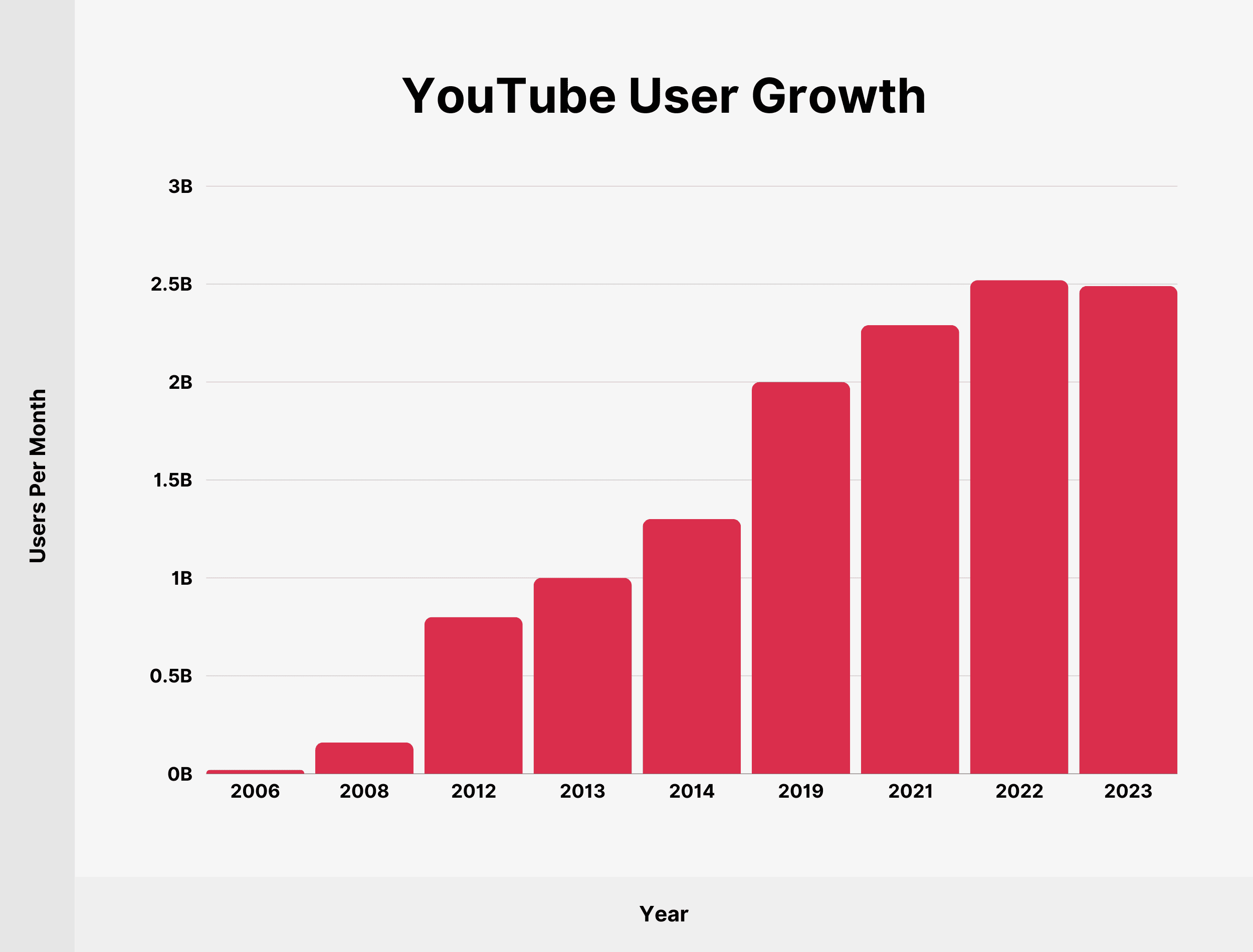I suspect there is a correlation with tech adoption. This chart isn’t the end-all-be-all, but it’s a start. (The years aren’t consistent on the attached chart, btw.)
As it happens, people don’t often post their failures on social media, so if you’re comparing your life to someone else’s, you’re at an inherent disadvantage because you only ever see results.
If you hang out with people in person and involved in their lives, then you get to experience the process leading to the results with all the failure baked in. It’s the difference between porn and sex.
I also think a lot of “doomer” content on social media can have a significant effect if you’re consuming a lot of it.
Imagine you’re a teenager and you’re constantly reading the most extreme takes about how everything is broken and terrible, the bad guys are always winning, you’ll never find love, you’ll never find a job, never own a house, never manage to have a family, etc.
An adult may have the life experience and perspective to recognize that the loudest voices aren’t always 100% accurate, but a kid might take it at face value and despair.
To be fair, my depression started in 3rd grade with an article in the weekly reader about the rain forests being destroyed at a rate of several football fields per day. I knew that couldn’t be good or sustainable. Here we are 35 years later…big sad. Worst thing I ever did was get my kids phones :( at the time it seemed right.
I mean, Millennials in the US showed the same stress coping mechanisms in high school as active duty military personnel (our gallows humor being one I specifically remember being cited as similar to the sense of humor of survivors from foxholes), and that was in the late 2000s. I think there’s a lot more to it than just social media access.
From the increased awareness of worldwide events through smartphones (combined with the 24-hour tragedy news cycle) to the increasing downward pressure on kids to grow up at younger and younger ages and the active removal of third places and public spaces where kids can just meet up in person, there’s a lot of things that all make me look at these graphs and go “no shit Sherlock.”
Toxic social media usage is just one, and it’s partly exacerbated by some of the others.
The low point in depressive symptoms hit two years after the modern smartphone arrived. Just as parents started handing down their “old” model to their kids.
I suspect there is a correlation with tech adoption. This chart isn’t the end-all-be-all, but it’s a start. (The years aren’t consistent on the attached chart, btw.)
Yeah, the upward trend seems to be around the time that teens would have gotten smartphones with data plans.
It’s a known phenomenon.
As it happens, people don’t often post their failures on social media, so if you’re comparing your life to someone else’s, you’re at an inherent disadvantage because you only ever see results.
If you hang out with people in person and involved in their lives, then you get to experience the process leading to the results with all the failure baked in. It’s the difference between porn and sex.
I also think a lot of “doomer” content on social media can have a significant effect if you’re consuming a lot of it.
Imagine you’re a teenager and you’re constantly reading the most extreme takes about how everything is broken and terrible, the bad guys are always winning, you’ll never find love, you’ll never find a job, never own a house, never manage to have a family, etc.
An adult may have the life experience and perspective to recognize that the loudest voices aren’t always 100% accurate, but a kid might take it at face value and despair.
To be fair, my depression started in 3rd grade with an article in the weekly reader about the rain forests being destroyed at a rate of several football fields per day. I knew that couldn’t be good or sustainable. Here we are 35 years later…big sad. Worst thing I ever did was get my kids phones :( at the time it seemed right.
I mean, Millennials in the US showed the same stress coping mechanisms in high school as active duty military personnel (our gallows humor being one I specifically remember being cited as similar to the sense of humor of survivors from foxholes), and that was in the late 2000s. I think there’s a lot more to it than just social media access.
From the increased awareness of worldwide events through smartphones (combined with the 24-hour tragedy news cycle) to the increasing downward pressure on kids to grow up at younger and younger ages and the active removal of third places and public spaces where kids can just meet up in person, there’s a lot of things that all make me look at these graphs and go “no shit Sherlock.”
Toxic social media usage is just one, and it’s partly exacerbated by some of the others.
The low point in depressive symptoms hit two years after the modern smartphone arrived. Just as parents started handing down their “old” model to their kids.